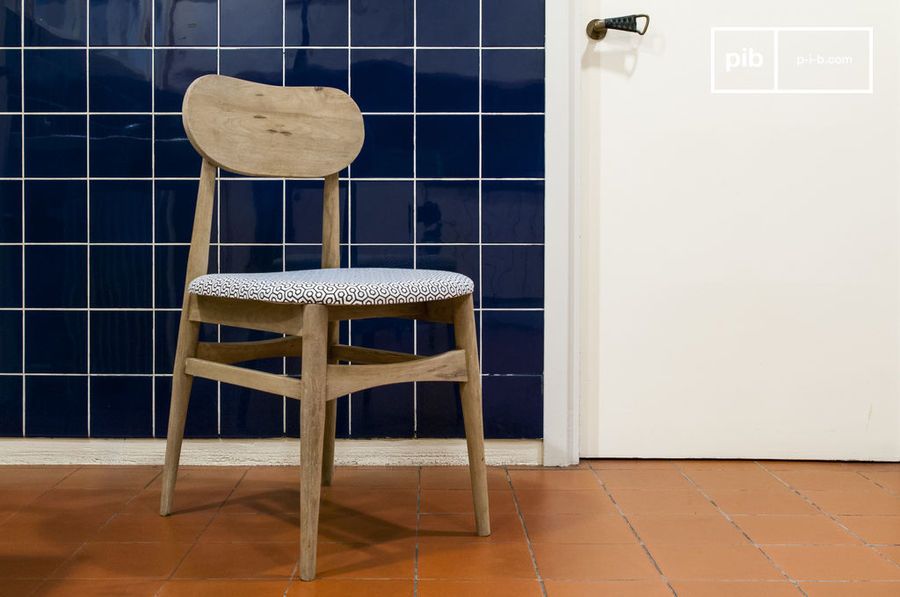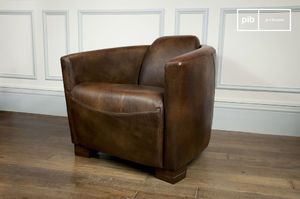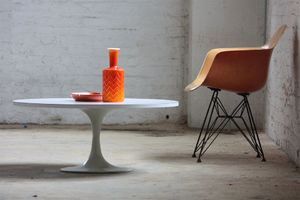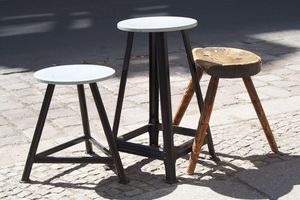Dansk furniture in the 20th Century
Dansk furniture at the start of the 20th Century already had considerable renown across the world in terms of Scandinavian design.
Denmark started off the century with a strong desire to change the face of design, while keeping its craft manufacturing techniques intact.
Dansk furniture is above all searching for design adapted to the human body. This ergonomic principle was to lie at the origin of modernism in Denmark.
Exact measurements of the human body were systematically ordered by designers, who would then apply this data in their Dansk furniture design. This precept remains faithful to Danish philosophy, which consists of an absolute search for the ideal and the essential.
Starting in 1920, there was a need to design Dansk furniture that was inexpensive and accessible to the whole population, which led to the emergence of the industry.
Machines provided a solution to the real need for mass-market furniture and completed, without replacing, the traditional Danish art of woodworking.
Designers set down to design modern Dansk furniture that was aesthetic and affordable to all. This inter-war period was propitious to designers that wanted to design utilitarian furniture for everyday use.
This new design was nonetheless based on the best pieces of Dansk furniture produced in the past, while bringing them up to match modern times in order to simplify lines and manufacturing principles, which would thus lower the final cost of the furniture considerably.
{img-file:media/files/content/meubles-danois-canape_1513.jpg;[breaking_points_2];meuble-danois-canape;sofa;0} {img-file:media/files/content/meubles-danois-canape_1533.jpg;[breaking_points_2];meuble-danois-canape;sofa;0}The rise of Dansk furniture
In the post-war period of the 1950s, homes became smaller and the middle classes wanted to consume in a more normal manner.
Dansk furniture evolved again, on the strength of these two parameters.
Denmark embarked on designing quality mass-made furniture, even ex-factory pieces, thanks to their good taste and ability to adapt, widely recognised in the US and in the rest of Europe.
Furniture "made in Denmark" became very trendy, and a guarantee of quality.
Industrially-made Dansk furniture could be produced in large quantities thanks to their natural resources but also to the large amount of teak, a hard and very resistant wood, that they imported at very affordable costs.
Truly modernist Danish designs were exported in numbers, and charmed buyers further south as these were elegant, functional and inexpensive pieces of furniture.
Present-day, Dansk furniture remains true to this tradition of good beautiful design that both pleases and is functional, and that has sleek lines and is essential.
The challenge designers face today is also modern as, faced with the decreasing supply of natural resources and environmental issues, they are once again adapting their furniture manufacturing by using reclamation and veneer.

Chair Jotun








